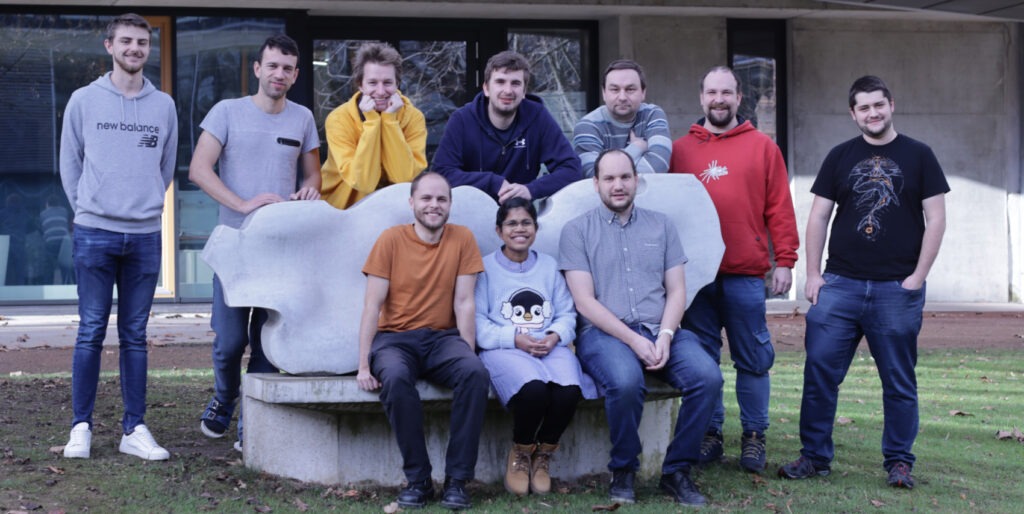
Tomáš Goldmann
Člen
Tomáš's current research focuses on the use of real-time neural networks in embedded devices. In particular, he is interested in optimising neural networks for face detection, recognition and liveness detection.
VíceHe also has a long-term research focus on the evaluation of face recognition algorithms in specific situations (rotation, compression, etc.). He is also working on the development of approaches to generate facial datasets that preserve the anthropometric properties of real people.
SkrýtFilip Orság
ČLEN
Ondřej Kanich
ČLEN
Ondra is a long-standing member of the group with extensive experience in fingerprint research. Specifically, the detection and classification of their damage. This is directly related to the generation and simulation of damage in synthetic fingerprints.
VíceHe is also professionally involved in the simulation of production systems (conveyors and other lines). As part of his work at the Faculty, he teaches biometrics and supervises students' qualification theses.
SkrýtMartin Sakin
ČLEN
Martin's main focus is the detection of hand or finger liveness using multispectral illumination. This involves the creation of forgeries and the development of laboratory biometric sensing equipment.
VíceIn addition to his research, he does commercial work developing and managing information systems in the Django framework for a Belgian university. I teach labs in biometrics and tutorials focusing on fundamentals or low-level programming.
SkrýtŠtěpán Rydlo
ČLEN
Štěpán's main focus is the extraction of finger blood flow from an image, which is related to sensor development and data processing. He is also working on a project to develop a solution for laser beam detection using optical sensors. In addition to these devices, he also has experience in creating various compilation hardware solutions.
VícePreviously, he worked on radio signal processing for object localization using the principle on which GNSS systems are based.
SkrýtLukáš Semerád
ČLEN
Lukáš assesses the accuracy and reliability of biometric systems that use iris and retina recognition. He also researches the impact of eye diseases on the retina.
VíceHis research has also included determining the amount of biometric entropy in the retina, an algorithm for reliably recognizing people from their retinas. He has extensive teaching experience at both the high school and college levels, where he has taught low-level programming, foundations of artificial intelligence, biometric systems, and sensor applications.
SkrýtSamuel Šimún
ČLEN
Samuel is the newest member of our team. His main focus is in the area of machine learning using neural networks, which includes dataset creation, data analysis and preprocessing, and testing neural network architectures.
VíceHe also has experience with generative artificial intelligence - methods of its use, development of prompts for neural language models, and deployment of on-premises models. In addition, he has experience applying it to various use cases such as dynamic code generation, answering questions in documents, data analysis, etc.
SkrýtHe also has experience with generative artificial intelligence - methods of its use, development of prompts for neural language models, and deployment of on-premises models. In addition, he has experience applying it to various use cases such as dynamic code generation, answering questions in documents, data analysis, etc.
Skrýt